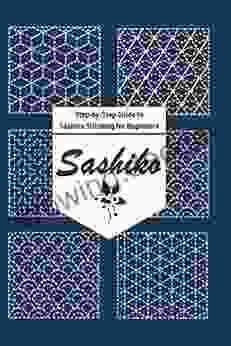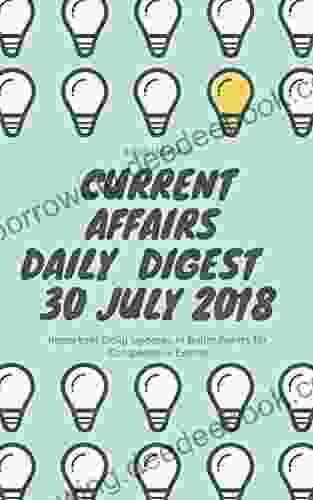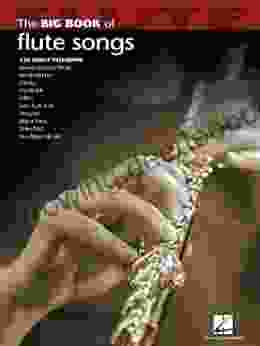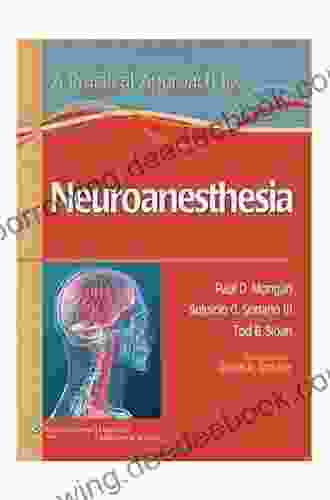Practical Approach to Neuroanesthesia: A Comprehensive Guide for Anesthesiologists

Neuroanesthesia is a specialized field of anesthesiology that focuses on the anesthetic management of patients undergoing neurosurgical procedures. These procedures often involve complex interventions on the brain, spinal cord, and other neurological structures, requiring a deep understanding of neurophysiology, pharmacology, and anesthetic techniques.
This comprehensive guide will provide a practical approach to neuroanesthesia, covering key concepts, anesthetic management strategies, and monitoring techniques essential for ensuring safe and effective patient care.
Neurophysiology: Understanding the anatomy and function of the nervous system is crucial for neuroanesthesiologists. This includes knowledge of cerebral blood flow, intracranial pressure, and neurotransmitter systems.
A Practical Approach to Neuroanesthesia (Practical Approach to Anesthesiology)by Matt Haig4.8 out of 5
Language : English File size : 10901 KB Text-to-Speech : Enabled Enhanced typesetting : Enabled Print length : 457 pages Screen Reader : Supported Pharmacology: Neuroanesthetics are specialized drugs used to induce and maintain anesthesia in neurosurgical patients. Anesthesiologists need an in-depth understanding of their pharmacological properties, including their effects on cerebral circulation, intracranial pressure, and neurotransmission.
Monitoring Techniques: Continuous monitoring is essential in neuroanesthesia to detect and respond to changes in neurological function. This includes electroencephalography (EEG),transcranial Doppler ultrasonography (TCD),and evoked potentials.
Preoperative Assessment: A thorough preoperative assessment is critical to identify potential risks and optimize patient outcomes. This includes evaluating neurological status, airway anatomy, and coexisting medical conditions.
Anesthetic Induction: The choice of induction agent depends on the surgical procedure and patient characteristics. Commonly used agents include propofol, etomidate, and ketamine.
Maintenance of Anesthesia: Balanced anesthesia, combining intravenous and inhalational agents, is often employed in neuroanesthesia. The goal is to maintain adequate sedation while minimizing the effects on cerebral blood flow and intracranial pressure.
Intraoperative Monitoring: Continuous monitoring of neurological function, cerebral blood flow, and intracranial pressure is crucial during neurosurgery. This allows for early detection of complications and prompt intervention.
Postoperative Care: Neurocritical care is essential in the immediate postoperative period to ensure optimal recovery and neurological outcomes. This includes managing intracranial pressure, preventing seizures, and providing adequate analgesia.
Electroencephalography (EEG): EEG measures electrical activity in the brain. It is used to assess consciousness, detect seizures, and monitor the effects of anesthetic drugs on the central nervous system.
Transcranial Doppler Ultrasonography (TCD): TCD measures blood flow velocity in major cerebral arteries. It is used to detect changes in cerebral blood flow, which can indicate impaired circulation or increased intracranial pressure.
Evoked Potentials: Evoked potentials are elicited by external stimuli and recorded from electrodes placed on the scalp or spine. They assess the function of specific sensory and motor pathways in the nervous system.
Other Monitoring Techniques: Additional monitoring techniques may include pupillometry, somatosensory evoked potentials, and near-infrared spectroscopy. These techniques provide additional information on neurological function and cerebral oxygenation.
Neuroanesthesia is a complex and rewarding field that requires specialized knowledge and skills. By adhering to the principles outlined in this guide, anesthesiologists can ensure safe and effective anesthetic management of neurosurgical patients.
Continuous advancements in neuroanesthesia, including the development of new monitoring techniques and drug therapies, are constantly improving patient outcomes. Staying abreast of these advancements is essential for neuroanesthesiologists to deliver optimal care to their patients.
4.8 out of 5
| Language | : | English |
| File size | : | 10901 KB |
| Text-to-Speech | : | Enabled |
| Enhanced typesetting | : | Enabled |
| Print length | : | 457 pages |
| Screen Reader | : | Supported |
Do you want to contribute by writing guest posts on this blog?
Please contact us and send us a resume of previous articles that you have written.
 Book
Book Novel
Novel Page
Page Chapter
Chapter Text
Text Story
Story Genre
Genre Paperback
Paperback Magazine
Magazine Newspaper
Newspaper Paragraph
Paragraph Bookmark
Bookmark Glossary
Glossary Bibliography
Bibliography Synopsis
Synopsis Manuscript
Manuscript Codex
Codex Tome
Tome Classics
Classics Autobiography
Autobiography Reference
Reference Dictionary
Dictionary Thesaurus
Thesaurus Narrator
Narrator Resolution
Resolution Librarian
Librarian Catalog
Catalog Card Catalog
Card Catalog Study
Study Research
Research Academic
Academic Journals
Journals Rare Books
Rare Books Interlibrary
Interlibrary Study Group
Study Group Thesis
Thesis Dissertation
Dissertation Storytelling
Storytelling Reading List
Reading List Theory
Theory Jane Brocket
Jane Brocket Al Braden
Al Braden Aeschylus
Aeschylus Agustina Giraudy
Agustina Giraudy Travis Mcbee
Travis Mcbee Guy Antibes
Guy Antibes Adrienne Su
Adrienne Su Melanie Hernandez
Melanie Hernandez Timothy Noah
Timothy Noah Mathew Lawrence
Mathew Lawrence Molly Lacroix
Molly Lacroix R K Keating
R K Keating Siobhan Wall
Siobhan Wall Karen Knapp
Karen Knapp Jane Keefer
Jane Keefer Bridgett Devoue
Bridgett Devoue Matt Myklusch
Matt Myklusch Robert Reade
Robert Reade Charles Sacchetti
Charles Sacchetti Stacy Reid
Stacy Reid
Light bulbAdvertise smarter! Our strategic ad space ensures maximum exposure. Reserve your spot today!

 W. Somerset MaughamThe Ultimate Step-by-Step Guide to Sashiko Stitching for Beginners: Dive into...
W. Somerset MaughamThe Ultimate Step-by-Step Guide to Sashiko Stitching for Beginners: Dive into...
 Harry HayesTeacher Unions and Social Justice: Advocating for Equity and Inclusivity in...
Harry HayesTeacher Unions and Social Justice: Advocating for Equity and Inclusivity in... Noah BlairFollow ·13.1k
Noah BlairFollow ·13.1k Neal WardFollow ·17k
Neal WardFollow ·17k Ernest PowellFollow ·16.1k
Ernest PowellFollow ·16.1k Reginald CoxFollow ·15.5k
Reginald CoxFollow ·15.5k John SteinbeckFollow ·15.8k
John SteinbeckFollow ·15.8k Mike HayesFollow ·7.8k
Mike HayesFollow ·7.8k Alex ReedFollow ·3.9k
Alex ReedFollow ·3.9k Steve CarterFollow ·15.6k
Steve CarterFollow ·15.6k

 Darius Cox
Darius CoxThe Gathering Pacific Storm: An Epic Struggle Between...
The Gathering...

 Hugo Cox
Hugo CoxHow CIA-Contra Gangs and NGOs Manufacture, Mislabel, and...
In the annals of covert operations, the CIA's...

 Finn Cox
Finn CoxDr. Brandt's Billionaires Club Series: The Ultimate...
A Journey into the Pinnacle of...

 Isaac Asimov
Isaac AsimovCurrent Affairs Daily Digest 20180730 30th July 2024
National ...

 Felix Carter
Felix CarterBroadway Celebrates The Big Apple Over 100 Years Of Show...
Broadway Celebrates the Big Apple: Over 100...

 Beau Carter
Beau CarterThe Big Book of Flute Solos: A Comprehensive Collection...
If you're a flute player,...
4.8 out of 5
| Language | : | English |
| File size | : | 10901 KB |
| Text-to-Speech | : | Enabled |
| Enhanced typesetting | : | Enabled |
| Print length | : | 457 pages |
| Screen Reader | : | Supported |








